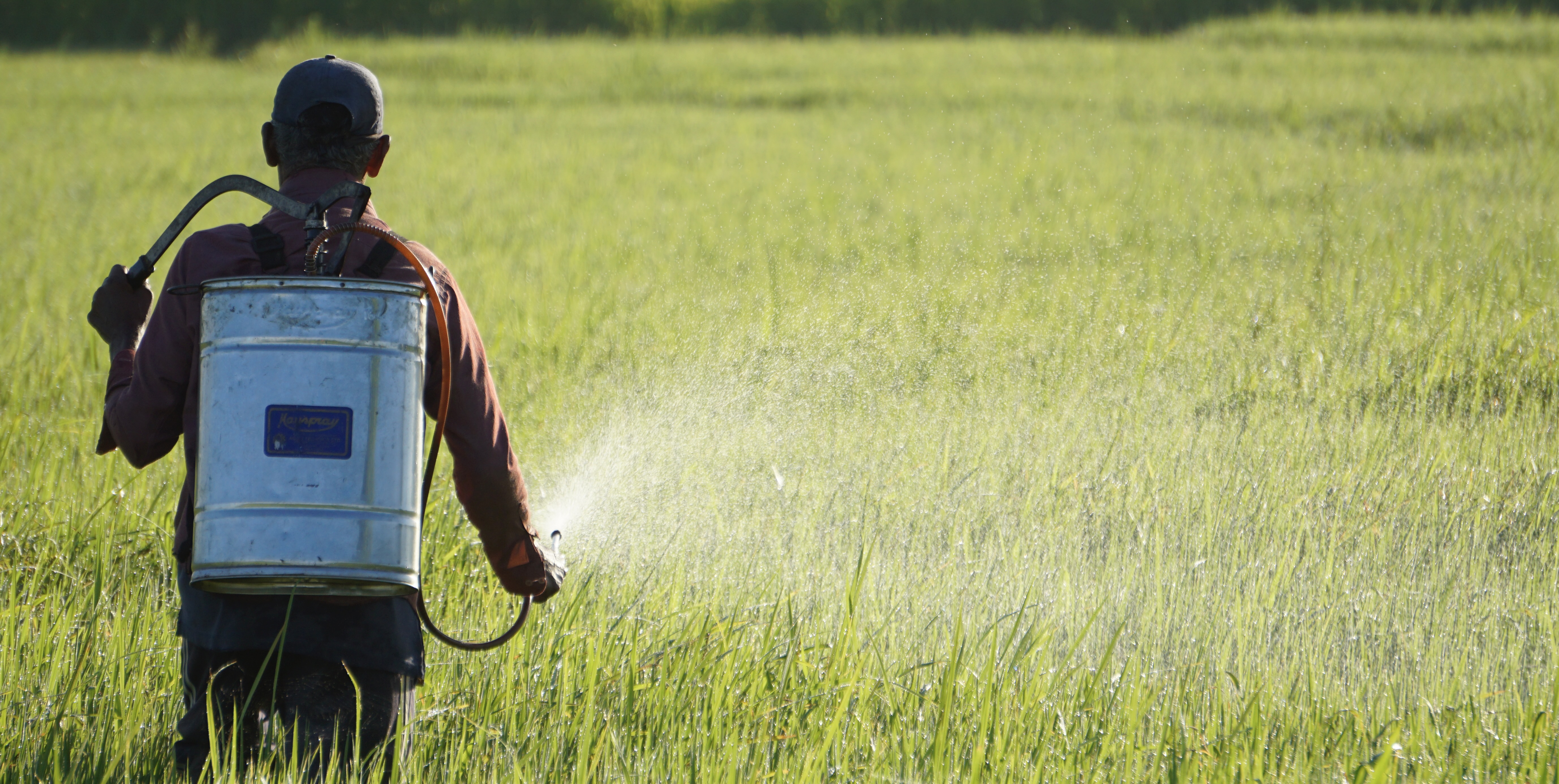About
Chronic Kidney Disease of uncertain etiology
In the late 1990s, a new form of Chronic Kidney Disease (CKD) emerged in the North Central Province of Sri Lanka. Later on, this disease was reported from other areas such as the Northwestern Province, Eastern Province, and some parts of the Central and Southern Provinces. Researchers argued that this chronic kidney disease is caused by known or varied or unspecified etiologies such as diabetes mellitus, hypertension, or primary glomerulonephritis (Athuraliya et al., 2011). In the case of CKDu, none of these known etiologies are present, creating a medical enigma (Kierans, 2017). Initially, most people diagnosed with CKDu are male farmers in their middle age and have worked as rice farmers for over a decade while now there are women and children diagnosed with CKDu. The reason why male farmers are most at risk could be attributed to the gendered division of labor in agricultural activities where particularly men engage in spraying pesticides and fertilizers. Even though scientists have been researching for more than 20 years, there has yet to be a consensus among scholars about the origin of the disease. Therefore, it is often called a “mysterious disease” by medical experts, researchers, and ordinary people alike. The exact number of people who died from CKDu or were diagnosed with CKDu is still debatable due to various issues in the healthcare system and public health surveys in Sri Lanka, based on scientific research across the country. However, there is a consensus as to what areas are identified as CKDu prevalent areas. The following map illustrates the CKDu prevalent regions in Sri Lanka.

Spraying pesticides

Limescale build-up in a kettle

A water filter installed on a kitchen wall
In some contexts, CKDu is alternatively called CKD of non-traditional causes (CKDnt) (Lozier et al., 2016), CKD of unknown etiology (Correa-Rotter et al., 2014; Almaguer et al., 2014), and Mesoamerican nephropathy epidemic (Johnson et al., 2013). Different scholars use different adjectives to describe this phenomenon, such as CKD of “unknown,” “uncertain,” “undetermined,” “unexplained,” or “non-traditional” origin, to emphasize their stance on the etiology of this disease. However, none of these labels focus on the disease’s cultural and political aspects, further perpetuating a sense of mystery surrounding the illness.
Even though Sri Lanka is identified as a country with the highest prevalence of CKDu, there are other countries where CKDu patients are reported. For instance, CKDu is prevalent in some geographical locations in El Salvador, Nicaragua, Costa Rica, Mexico, Egypt, and India. In India, a high prevalence of CKDu has been reported in Andhra Pradesh, Odisha, Goa, and Maharashtra (Abraham et al., 2019). Similarly, posing toxic occupational risks from agricultural activities as a significant causing factor of CKDu, Mejía and colleagues (2014) shows how farming communities in El Salvador are affected by CKDu. In Mesoamerica, CKDu is mostly reported among sugarcane workers (Wesseling, 2020). Kieran (2017), in an article focusing on healthcare inequalities in renal care (dialysis and kidney transplantation), refers to CKDu in Mexico. She describes how this new variant of kidney disease is linked to particular labor environments such as agribusiness and mining industries, “which rely heavily on particular constituencies of the population (young men), as well as particular sites of environmental concern and pollution (e.g., urban and rural “dumping” zones)” (p. 264). As a result of the linkage of CKDu to environmental pollutants (pesticides, chemical fertilizer, heavy metals) in food chains, there is a strong emphasis on changing water and food sources as well as behavioral changes to avoid getting CKDu.